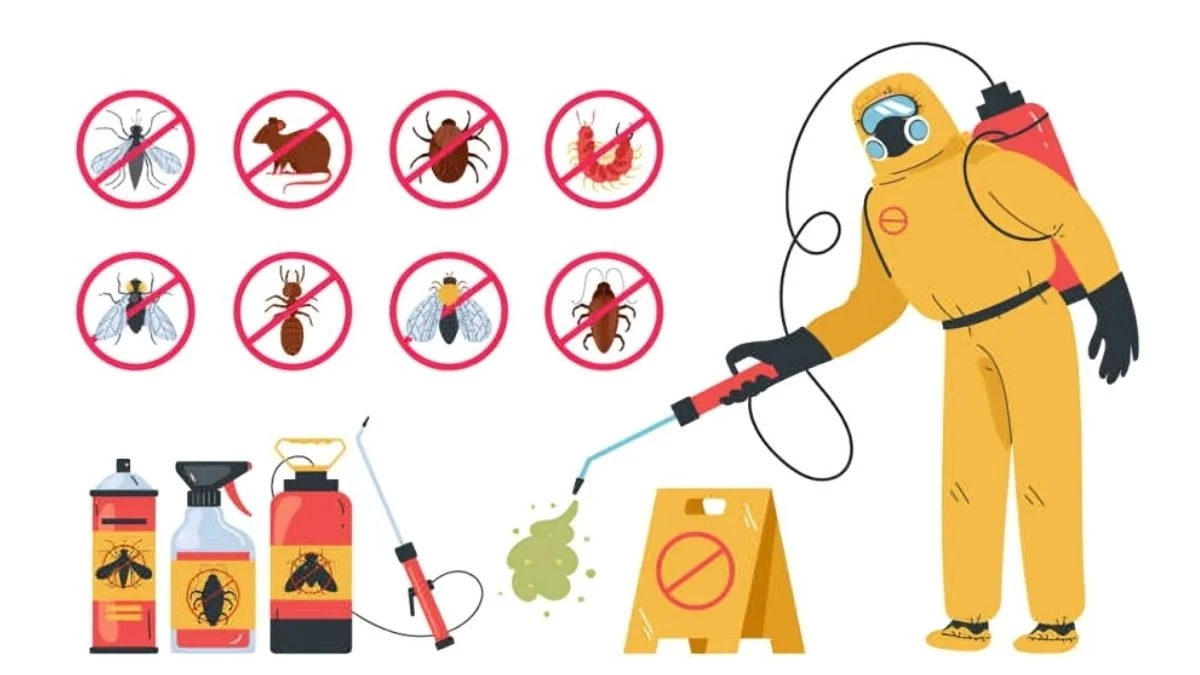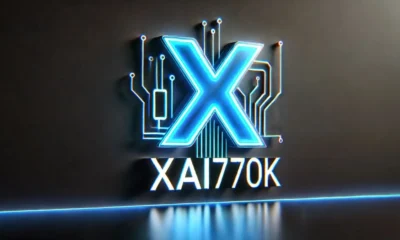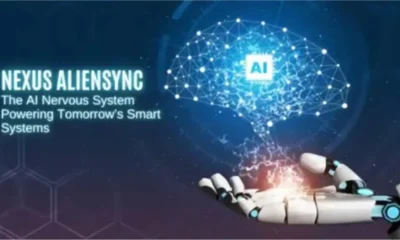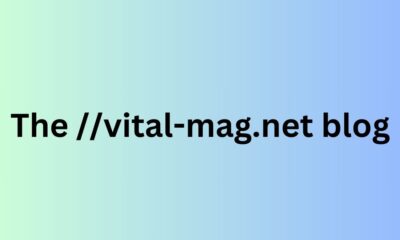GENERAL
The Science Behind Effective Pest Control Solutions

Pest control is more than just a reactionary measure—it is a science that requires understanding pest behavior, environmental factors, and strategic interventions. By applying biological, chemical, and mechanical methods, modern pest control offers targeted solutions to keep properties safe and pest-free. This article explores the science behind effective pest control and how a combination of techniques ensures lasting results.
Understanding Pest Biology
The foundation of effective pest control lies in understanding the biology and behavior of pests. Each species presents unique challenges and requires tailored strategies.
Lifecycle and Reproduction:
- Some pests, like bed bugs and cockroaches, reproduce rapidly, making early intervention critical.
- Understanding lifecycle stages helps determine the best time for treatment, such as targeting larvae or eggs.
Habitat and Food Sources:
- Pests gravitate toward environments that meet their needs for food, water, and shelter.
- Identifying and disrupting these elements reduces pest populations.
Behavioral Patterns:
- Nocturnal pests, like rodents, require different detection methods than daytime pests, such as ants.
- Seasonal behaviors, such as increased termite activity in warmer months, influence treatment timing.
Methods of Pest Control
Pest control integrates various scientific approaches to manage and eliminate infestations effectively. The primary methods include biological, chemical, and mechanical techniques.
Biological Control:
- Utilizes natural predators or pathogens to manage pest populations.
- For example, introducing ladybugs to control aphid infestations in gardens.
Chemical Control:
- Involves using pesticides or insecticides to eliminate pests.
- Targeted applications ensure maximum effectiveness while minimizing environmental impact.
Mechanical Control:
- Includes traps, barriers, and physical removal to reduce pest activity.
- Examples include snap traps for rodents and glue traps for insects.
Integrated Pest Management (IPM):
- A holistic approach combining prevention, monitoring, and treatment.
- Reduces reliance on chemicals while achieving long-term control.
The Role of Environmental Factors
Environmental factors play a significant role in pest control. By altering conditions, property owners can create environments less conducive to pest survival.
Temperature:
- Extreme heat or cold can be used to eliminate pests, such as freezing bed bug-infested items or using heat treatments.
Humidity:
- Many pests, such as cockroaches and silverfish, thrive in damp environments.
- Dehumidifiers and proper ventilation reduce moisture levels and deter pests.
Lighting:
- Certain insects are attracted to light, while others avoid it.
- Yellow LED lights are less attractive to flying pests, offering a simple deterrent.
Innovations in Pest Control Technology
Advancements in technology have revolutionized pest control, offering more precise and eco-friendly solutions.
Smart Monitoring Systems:
- Sensors and cameras detect pest activity in real time, allowing for early intervention.
- Data analysis helps identify patterns and predict future infestations.
Ultrasonic Devices:
- Emit high-frequency sound waves to repel rodents and insects.
- Safe for humans and pets, these devices are increasingly popular for residential use.
Eco-Friendly Pesticides:
- Formulations derived from natural ingredients, such as neem oil, reduce environmental impact.
- Biodegradable and non-toxic options ensure safety for people and animals.
Automated Traps:
- Traps equipped with sensors and automated functions improve efficiency.
- Examples include smart rodent traps that notify users when a capture occurs.
Benefits of Professional Expertise
While DIY pest control efforts can address minor issues, professional intervention provides advanced techniques and comprehensive solutions.
Accurate Identification:
- Professionals can distinguish between species, such as termites and carpenter ants, ensuring appropriate treatments.
Tailored Solutions:
- Customized plans address the specific needs of a property, from structural vulnerabilities to pest types.
Safety Measures:
- Experts use safe application methods, protecting residents, pets, and the environment.
Long-Term Prevention:
- Regular inspections and maintenance prevent future infestations.
The Importance of Data-Driven Pest Control
Data plays a crucial role in modern pest control, guiding decisions and improving outcomes.
Tracking Infestations:
- Monitoring systems collect data on pest activity, helping identify trends.
- Insights inform targeted treatments and resource allocation.
Evaluating Effectiveness:
- Post-treatment assessments ensure that interventions achieve desired results.
- Adjustments can be made based on data-driven evaluations.
Compliance and Reporting:
- For commercial properties, maintaining records of pest control activities ensures compliance with health and safety regulations.
Myths About Pest Control
Misconceptions about pest control can lead to ineffective practices. Let’s debunk a few common myths:
“Clean Homes Don’t Have Pests”:
- Even spotless homes can attract pests seeking food, water, or shelter.
“DIY Methods Are Always Cheaper”:
- Inadequate DIY attempts can result in prolonged infestations and higher costs.
“Pests Will Go Away on Their Own”:
- Without intervention, infestations typically worsen over time.
Why Choose Strong Pest Control?
Strong Pest Control integrates scientific principles and advanced technology to deliver effective and sustainable pest management solutions. By focusing on prevention, tailored strategies, and eco-friendly practices, the team ensures comprehensive protection for residential and commercial properties alike.
Whether dealing with termites, rodents, or bed bugs, Strong Pest Control’s expertise provides peace of mind and a pest-free environment. Investing in professional services ensures that your property remains safe, healthy, and welcoming.
Conclusion
The science behind pest control offers a deeper understanding of how to address infestations effectively. By leveraging biological insights, environmental adjustments, and technological advancements, pest management professionals provide solutions that go beyond temporary fixes.
Strong Pest Control’s commitment to innovation and sustainability ensures that clients receive the highest standard of service. Take the first step toward a pest-free future by embracing scientifically-backed methods and expert guidance.
-

 BIOGRAPHY7 months ago
BIOGRAPHY7 months agoBehind the Scenes with Sandra Orlow: An Exclusive Interview
-

 HOME1 year ago
HOME1 year agoDiscovering Insights: A Deep Dive into the //vital-mag.net blog
-

 HOME1 year ago
HOME1 year agoSifangds in Action: Real-Life Applications and Success Stories
-

 BIOGRAPHY1 year ago
BIOGRAPHY1 year agoThe Woman Behind the Comedian: Meet Andrew Santino Wife




























